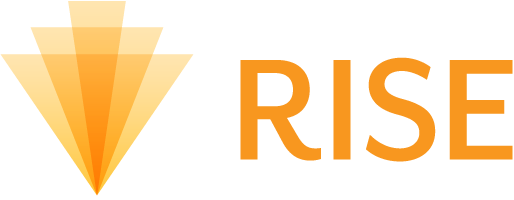Due to changing market dynamics, there is increasing pressure for risk-bearing organizations to improve the effectiveness of their risk adjustment programs. Several trends present pervasive challenges—for example, increasing number of risk-adjusted lives, rising coding intensity factor, and heightened focus on compliance. Risk adjustment departments are constantly being asked to do more with less.
Organizations that can leverage risk adjustment as a strategic asset and effectively utilize technology will be best positioned to achieve accurate risk and revenue capture while simultaneously decreasing costs.
Streamlining Risk Adjustment with Technology
As organizations seek to modernize their risk adjustment operations, there are several high value technology initiatives they can explore. Rather than blindly reviewing charts across the entire membership, organizations can use natural language processing (NLP) technology on medical records to help identify risk adjustment gaps, both for additional HCC capture and for potential deletes. Health Fidelity has been able to consistently demonstrate with our clients that NLP-assisted coding delivers superior results as compared to human-only reviews, both when our clients are conducting the coding and when our coders provide the coding capacity.
Furthermore, technology can also be used to improve workflow and increase efficiency, enabling organizations to expand their risk adjustment programs without expanding staff. NLP helps to identify member charts that do not warrant a coder review – this removes the waste of unnecessarily reviewing charts that don’t have coding gaps and significantly increases coder productivity. For organizations outsourcing their coding, this can drastically decrease the cost of coding and improve the ROI on retrospective review spend.
However, organizations should be wary of vendors that claim NLP capability. NLP is a complex technology that takes years of research and development to be ready for commercialization. Only a true clinically-trained NLP can deliver results with accuracy and precision required to realize the aforementioned benefits. When in doubt, ask for case studies and/or proof of results delivered.
Reducing Costs and Improving ROI with Data Acquisition
Chart retrieval is one of the major pain points cited by risk-bearing organizations as an impediment to risk adjustment, HEDIS/quality, and other key initiatives. This time consuming and expensive process is typically done manually via fax, mail, or by sending chart abstractors in person to provider offices. Many organizations use chart retrieval vendors, but the costs can be prohibitive and continue to increase as volume goes up without any economies of scale.
An alternative to manual chart retrieval, Health Fidelity’s Automated Chart Extraction (ACE) technology enables medical records to be extracted from a provider’s EMR in an automated, scalable, and secure manner. Organizations that are set up with ACE are able to download all medical records of members from a provider, compared to having to target which members’ charts to pull, without any incremental costs. ACE also enables chart retrieval to occur seamlessly throughout the year, as opposed to having to wait for submission sweeps, without any additional costs or administrative burden to the provider groups.
Find More, Spend Less, Take Control
Health Fidelity’s risk adjustment solutions leverage technology to help organizations find more, spend less, and take better control of their risk adjustment operations. Our industry leading healthcare NLP engine and data acquisition technologies enable organizations to achieve superior results at a lower cost:
- 4x increase in coder productivity
- 15% increase in HCC capture
- 40% savings on coding expenses
- 80% savings on chart retrieval
Contact Health Fidelity today to walk through our ROI calculator and learn more about how you can leverage technology to improve your return on risk adjustment.
